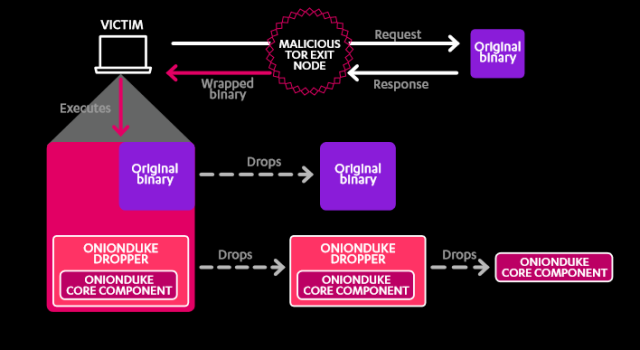


Client or customer informationĬlient lists, the services they are provided, and how much they pay. Proprietary plans, sensitive projects, and any property that an attacker could sell for profit. Research and development (R&D) data, employee salaries, and operational data. Targets of cyber espionage include: Internal operations information Cybercriminals target corporate and government entities rich with sensitive informaiton. Cyber espionage targetsīecoming a victim of cyber espionage can have damaging consequences for an organization's reputation and can erode trust between corporations and their customers. The cyber espionage threat landscape is constantly evolving as attacks become more sophisticated. Common methods of cyber espionage include advanced persistent threats (APT), social engineering, malware attacks, and spear phishing. It can also be used to harm an individual or business’s reputation.Ĭyber espionage does not have to be sophisticated, but it can involve complex tactics and long, patient breaches of a target’s network. Cyber espionage is a type of cyberattack conducted by a threat actor (or cyber spy) who accesses, steals, or exposes classified data or intellectual property (IP) with malicious intent, in order to gain an economic, political, or competitive advantage in a corporate or government setting.


 0 kommentar(er)
0 kommentar(er)
